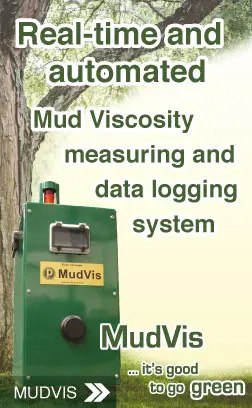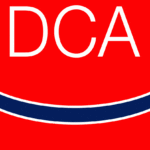HDD Underground Intersects
Intersect Drilling (HDD Underground Intersects)
To drill HDD underground intersects, it requires two pilot holes, one from the entry side and the other from the exit side of a crossing. In general companies have found it cost effective to use two drilling rigs and drill both pilot holes at the same time. The two pilot holes are drilled towards each other and they intersect underground at a predetermined point. Prime Horizontal pioneered this drilling method and has perfected it to the point that it has become an accepted method of drilling when faced with certain difficult kinds of crossing conditions.
Under what conditions might an intersect drill be beneficial?
- Extended Reach Crossings
- Crossings for Pressure Relief
- Crossings from “Casing to Casing”
- Crossings with Steering Difficulty at Exit
Extended Reach Crossings
When drilling a pilot hole there are generally two modes of drilling, rotation and “highside” (or steering). Rotation is used when it is not necessary to perform any steering corrections and is generally the fastest method of drilling forward. It involves the rotation of the whole drill string to rotate also the drilling assembly and drill bit to progress through the formation.
Steering is made by orienting the bend in the assembly which points the drill bit in the desired direction and then pushing on the drillstring without rotating to push the assembly forward while the bend at the front of the assembly causes a change in the direction of the pilot hole.
Physics dictates that friction forces when pushing forward on a rotating drill pipe are lower than when trying to push forward on a non-rotating drill pipe. As such there are more limitations on how far it is possible to drill while steering a pilot than there are when pushing forward a rotating drillstring.
By using the intersect method on an extended reach crossing it becomes possible to drill much longer pilots than would be possible by attempting to drill a single pilot for the entire length. This is because the effective distance that the drillstring is being steered is halved, with the assembly being rotated into the other half of the pilot once the intersect crossing has been successfully completed.
Crossings for Pressure Relief
The same theory applies for drilling a pressure sensitive crossing using the intersect methodology as when drilling an extended reach crossing. By halving the distance being drilled (by drilling from both sides) the maximum mud pressure at the drilling head can be considerably reduced. This can assist with fluid control when drilling in softer formations or in areas sensitive to fluid loss or breakout.
Crossings from Entry Casing to Exit Casing
In some cases, such as crossings with gravel layers on both entry and exit sides it is necessary to have casing on both sides of the crossing. While the technology exists to steer accurately enough to enter casing on the exit side of a crossing, there are risks involved. One is that the measured position of the exit casing might not be correct. Another is that formation problems could cause a last minute deviation of the pilot causing the entry to the casing to be missed. When drilling in close proximity to the casing end, any failure to enter the casing can disrupt the formation surrounding the casing causing more difficulties in subsequent attempts.
By performing an intersection underground before the pilot hole has reached the casing to be entered, the risks of not entering the casing on the first attempt are considerably reduced as there is already an open hole created for the assembly to follow into the casing.
Crossings with Steering Difficulties on Exit
This follows the same principles as drilling from casing to casing, in that by creating an existing hole at exit side and intersecting it, the opposing drillstring will follow the same path when entering the existing hole.
Steering difficulties could be caused by poor formation or by high torque on the opposing drillstring, but in both cases the effect of this can be reduced when drilling from the exit side as the length of drill pipe is reduced which improves the control of the forces applied to the drill head for accurate steering.
Underground Intersect Drilling
Prime Horizontal’s use of the non-wire based magnetic sources of the ParaTrack-2 system gives better approach accuracy for intersecting another bore by creating a known magnetic field down hole to act as a target for drilling the final intersect.
Prime Horizontal pioneered the drilling of underground intersects, all completed to date with a 100% success rate. Prime has completed intersect projects for drilling through heavy gravels on both sides of a crossing, for lowering annular pressures in alluvial formations and for successfully completing very long reach HDD projects.




